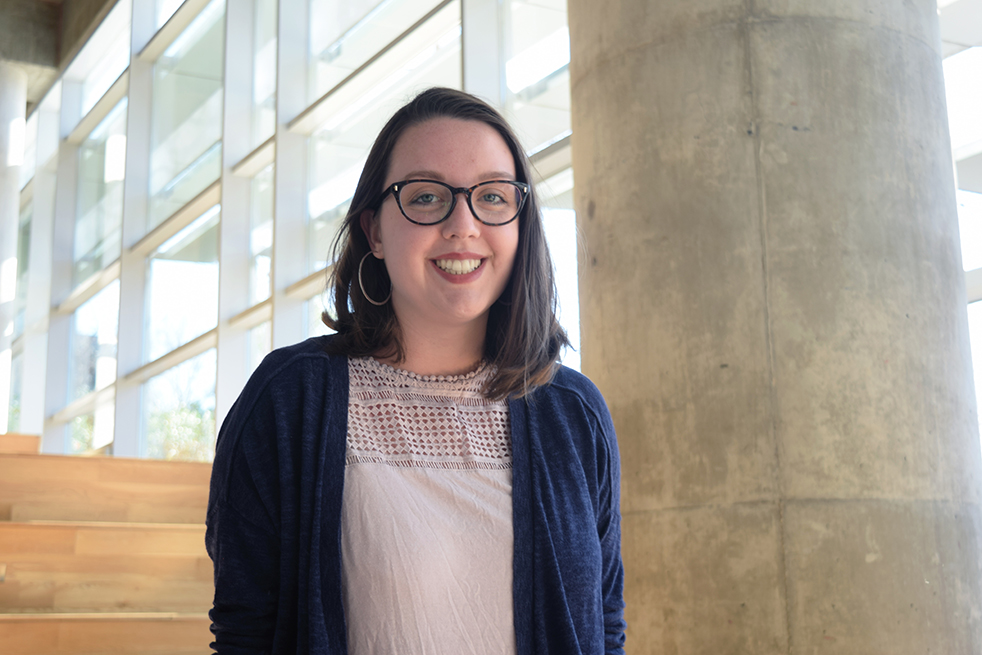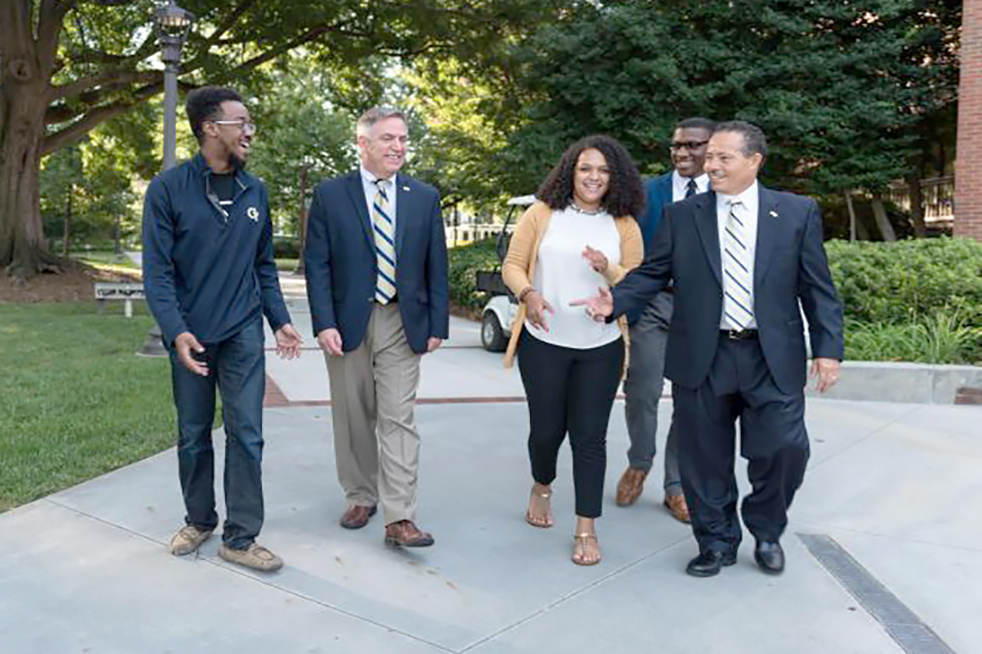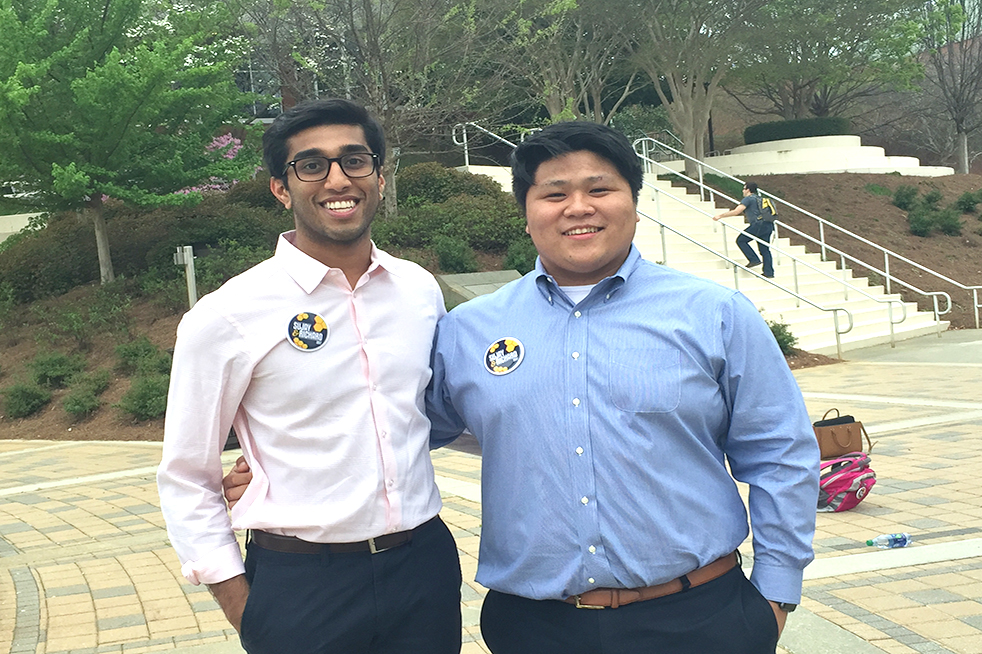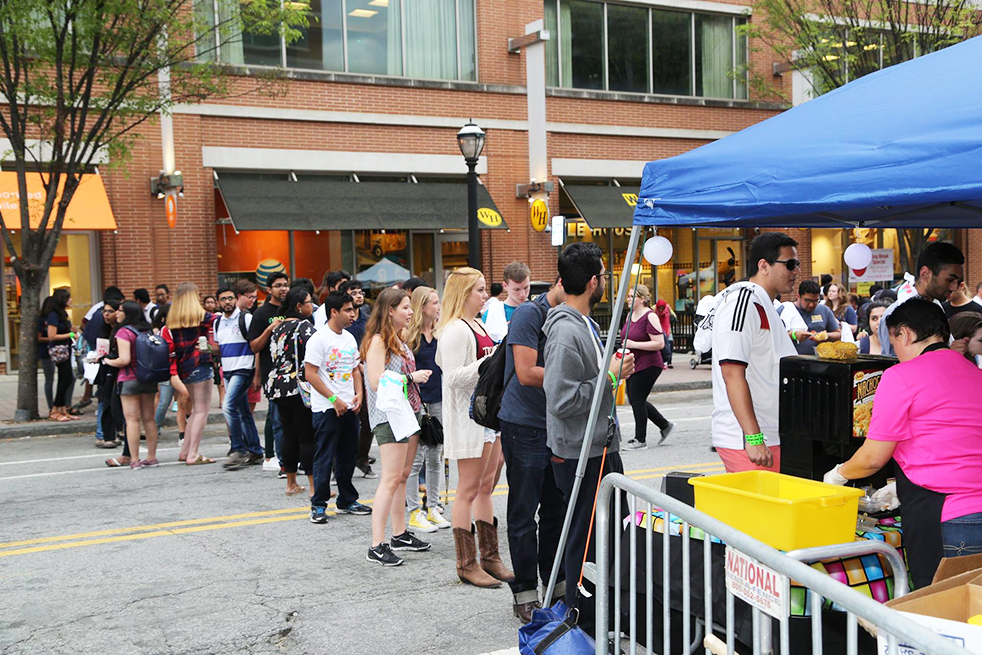
Many students know that the building next to the CRC is the place to go when you’re sick. What students might not know, however, is the extent of all that Stamps has to offer.
Stamps Health Services provides healthcare to students and their spouses or domestic partners. The building itself is named the Joseph Brown Whitehead Building and was dedicated on November 13, 1911.
It has grown from being able to accommodate 27 patients at a time when it first opened to now treating 30,000 patients per year.
The building itself holds Tech Dentistry, Psychiatry, Women’s Health, Pharmacy, Health Promotion, Sports Medicine, Nutrition, Immunization and Allergy, Radiology, Laboratory Tests and three primary care teams.
There are also classrooms, conference rooms and a Medical Records desk.
Most students are familiar with the online appointment portal. This can be used to make an appointment with a primary care physician if you need to see a doctor for a fever, a persistent tender muscle or a sore throat.
Health Promotion has recently introduced LiveHealth Online, which is a kiosk in the Student Center Healthy Space. To use it, you simply have to sign up and you’re connected to currently available doctors who can help you by giving medical advice or a prescription.
The Women’s Health Center provides routine annual exams and STI screening. This is also the place to go if you’re looking for birth control or if you are simply interested in talking about birth control options with a licensed professional. This center also offers consultations on pregnancy, eating disorders, sexual health, and breast health to name a few. You can call to schedule an appointment or update their system with your chosen name or the pronoun you use.
If you’re looking for nutrition information, you can meet for a 50-minute consultation for $5. Their dietitian will help you analyze your current diet and can give advice for losing or gaining weight or eating healthy on the meal plan.
Inside Stamps you can also get your prescription filled at their pharmacy. The prescription can be from a Stamps doctor or from an outside doctor or pharmacy. The pharmacy accepts most insurance plans and provides prescription and over-the-counter medications to students, staff and faculty.
Another service that Stamps Health Services provides is laboratory testing. Between in-house testing and Quest Diagnostics, their reference laboratory partner, Stamps is able to conduct all necessary tests. In-house, Stamps can perform blood and urine tests along with rapid strep tests and mononucleosis tests along with several others.
Stamps also houses a radiology team that offers diagnostic x-rays from their two x-ray rooms. Most x-rays are provided at no charge if your student health fee has been paid. However if you would like a copy of your x-ray, you can request one for a minimal fee.
While Stamps is located on the edge of campus, they can help meet most, if not all, of your healthcare needs.
Next time you need a doctors appointment for any reason from lab tests to nutrition assistance, don’t forget about Stamps, located right down the street.









